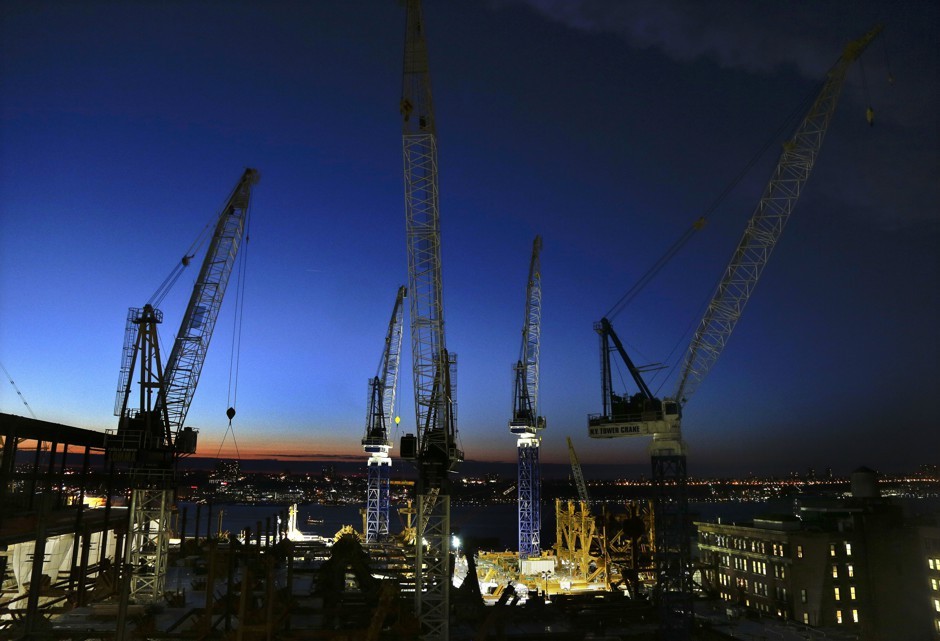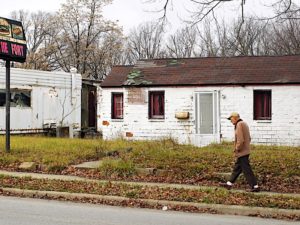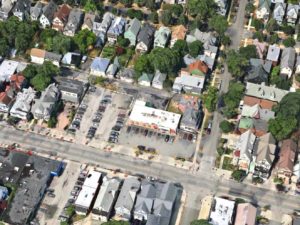
“Without the onerous zoning that has made it hard to build in places like New York City and San Francisco, lagging regions might be even worse off than they already are,” writes Richard Florida for CityLab. “For a growing chorus of urbanists and city-builders, the key to rebuilding our cities, reigniting innovation, and improving productivity lies in getting rid of the onerous zoning codes and land-use restrictions that are holding back much-needed development—particularly housing—in leading superstar cities and tech hubs like New York and San Francisco.” “In a much cited and highly influential study of a year or so ago, two economists, Chang-Tai Hsieh of the University of Chicago and Enrico Moretti of the University of California at Berkeley estimated that land-use restrictions reduced U.S. GDP as a whole by roughly 9 percent a year—roughly $1.5 trillion a year in today’s dollars. That’s a big bite.” “Now, an update to that study by the two extends their research and takes a deeper dive into the so-called “spatial misallocation” of people, jobs, and productivity that results from such land-use restrictions. One big takeaway, which supports their previous findings, is that such housing constraints lowered the aggregate growth by more than half between 1964 and 2009. That’s another huge number which understandably many urbanists and pundits have focused on, with some agreeing and some questioning their model.” “Leave that as it may, my reading is that the study makes two other very important contributions to the debate over the future of cities that have largely been ignored. First, the study makes a powerful case—a potentially game-changing case—for investing in mass transit, light rail, subways and even high-speed rail to connect places together. Near the very end of the study the authors point out that such investments in transit are likely to have a much bigger positive economic impact than eliminating land use restrictions. Why? Because transit can link outlying places, where land is relatively cheap and housing more affordable, to the more expensive cores of these places.” “The second big takeaway from the study is that strict land-use restrictions in superstar cities and tech hubs like New York City and San Francisco have functioned to shift employment growth to other places, mitigating and staving off to some degree the growing geographic inequality of winner-take-all urbanism.” “You don’t need to read all the sophisticated math in their paper to grasp the basic logic about spatial misallocation. If there were fewer impediments to building in New York and San Francisco, more companies, jobs, and people would flow there, and less would be left over for a whole bunch of places—especially parts of the Rust Belt that have been so hard hit by the economic crisis and broader economic transformation of the U.S. and global economies.” “In fact, their models seem to suggest that, in the absence of land use restrictions, the contribution of New York and the Bay Area over the past few decades would rise from 5 to 12 percent of GDP growth. Rust Belt metros, on the other hand, would decline from 15 to roughly 11 percent of GDP growth.”







